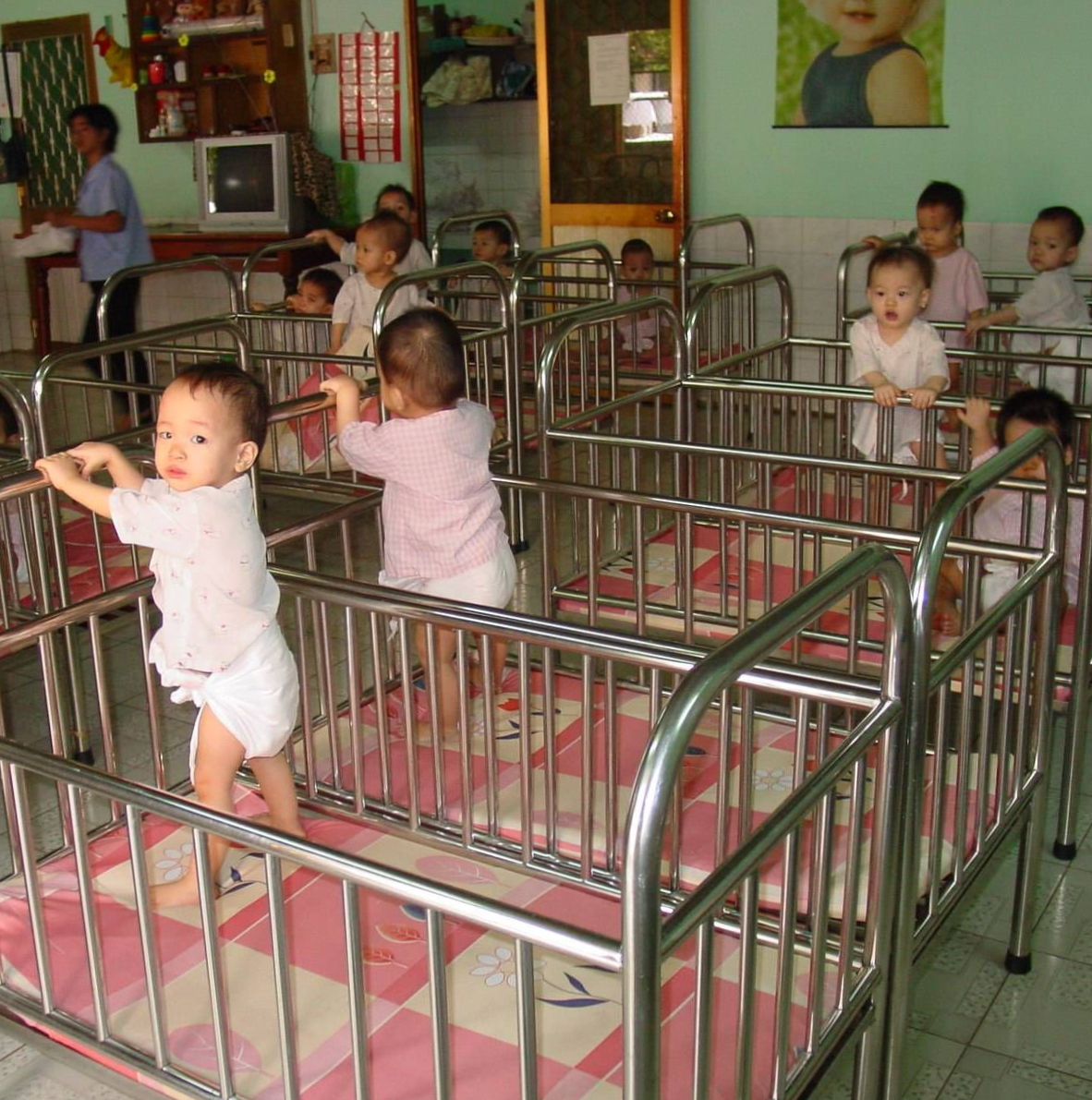
beginnings
1979 marked the beginning of China's infamous 'One Child Policy,'
the government’s method of family planning that granted each household
the permission of a single child. For years to come, this policy would have
dramatic effects on the country's cultural ideals about family, marriage, and childhood.
More importantly, this was a policy that would catalyze the world's transnational adoption industry,
transforming it into what it is today.
During this era, due to limited access to birth control,
patriarchal beliefs that idolized having sons, and in some cases, forced abortions,
thousands of children --mostly infant girls-- were taken away, abandoned, or trafficked, causing
a surge in the construction of orphanages and transnational adoption cases across China.
Given this turbluent history, this part of the adoptee's life, from the moment
they are separated from their biological family, to the moment they are placed into the arms of their new parents,
is at worst a forever mystery, and at best a distant memory. Many adoptees then, rely on their "Finding Story"
as a way to reconcile with their past. A Finding Story is a short section in the adoption papers,
either written by a police officer or orphanage Aiyi, loosely recounting how the child was
found and placed into their orphanage. Although technically 'legal documentation,' the
accuracy of the Finding Story in relation to real events/the adoptee's memory varies case by case. The following
is a collection of Finding Stories from real adoptees; many of them share common tropes, while others vary greatly
in the level of detail. Nonetheless, these Finding Stories serve as a an artifact of our beginnings, an artifact
that may can guide us to who we are. . .
